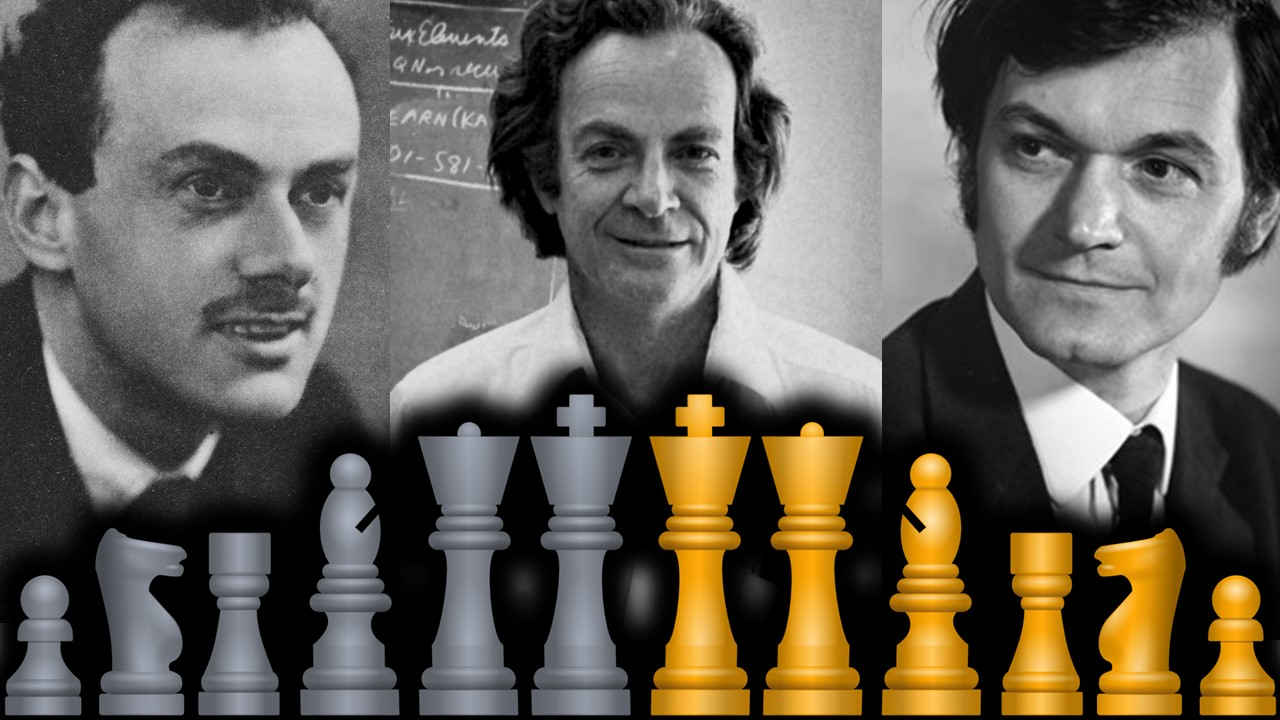
Chess is a tactical board game that is enjoyed by professionals and hobbyists all over the world. It is well known that chess playing not only develops concentration but also improves memory. In this post, let us look at ten physicists who enjoyed the game of Chess.
Paul Dirac
Growing up, Dirac played Chess on the Sundays with his father. He learned it quickly and went on to become the president of chess club of St. John’s College, Cambridge. Paul Dirac also played chess with the Nobel Prize winning physicist friend Pyotr Kapitsa.
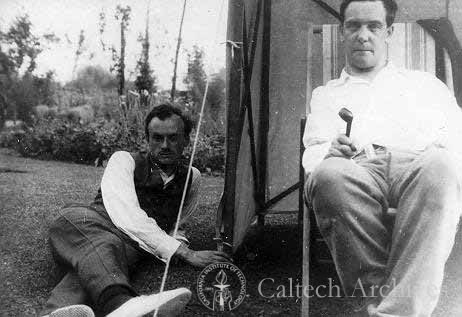
Roger Penrose
He won the Nobel Prize for physics in 2020 for the work done on black hole singularities. His brother is the chess Grandmaster Jonathan Penrose. Their love for chess emerged thanks to their father Lionel Penrose who was a geneticist, mathematician and chess theorist.
Stephen Hawking
Hawking played chess just for fun with his youngest child, Timothy.
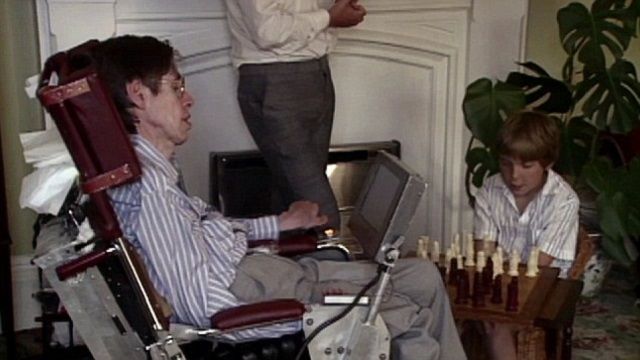 |
| picture credit: pinterest |
Albert Einstein
The renowned physicist was friends with German chess player and world champion Emanuel Lasker. In 1933, Oppenheimer played against Einstein in Princeton, USA and lost by resignation. Einstein was a good player but played very little chess.
Richard Feynman
American physicist Richard Feynman was drawn to chess in the high school. He was particularly interested in observing the chess gameplay. In one interview, Feynman said, in regards to physics: The gods are playing a great game of chess and the scientists are merely observers trying to figure out the rules of the game.
Werner Heisenberg
As a young boy, Heisenberg spent his free time in the evenings playing chess against neighborhood friends. His love of the game grew and became intolerable for teachers and professors. Especially Arnold Sommerfeld, Heisenberg's doctoral advisor, forbade him to play chess.
Edward Teller
Hungarian physicist Edward Teller learned to play chess from his father at the age of 6. Like his doctoral advisor Werner Heisenberg, Teller was also an avid chess player. Unfortunately, he could never beat Heisenberg at chess, though he was able to defeat Heisenberg in table tennis.
 |
| picture: ESVA |
William Henry Bragg
He won the Nobel Prize in physics along with his son for their work in the analysis of crystal structure using X-rays. He was the secretary of the Adelaide University Chess Association.
Erwin Schrödinger
Erwin Schrödinger shared the 1933 Nobel Prize in physics with Paul Dirac. He once wrote "I do like chess, but it has turned out to be not the appropriate relaxation from the work I am doing."
Max Planck
German physicist Max Planck, who proposed the quantum theory, played chess with the world chess champion and mathematician Emmanuel Lasker.







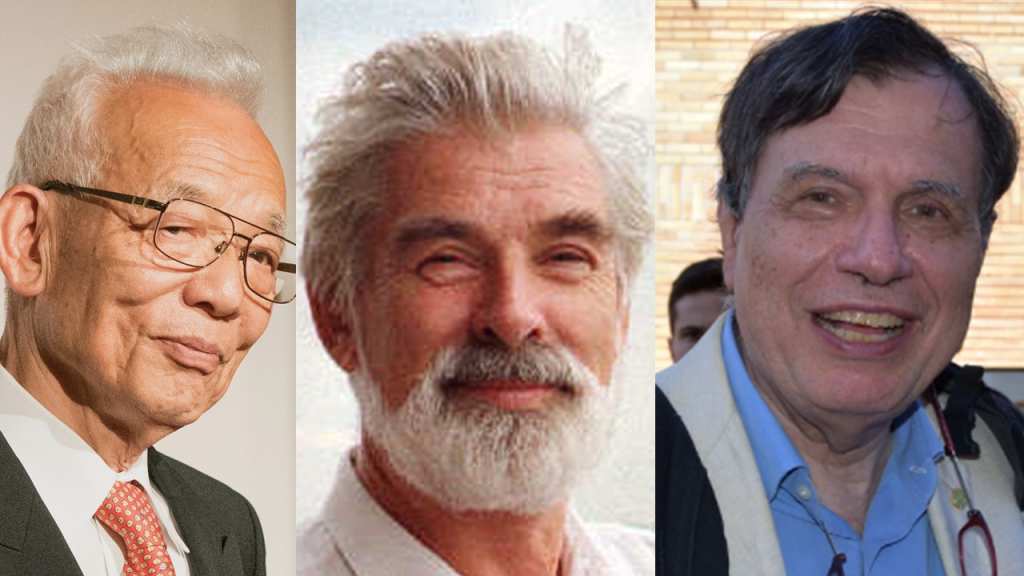










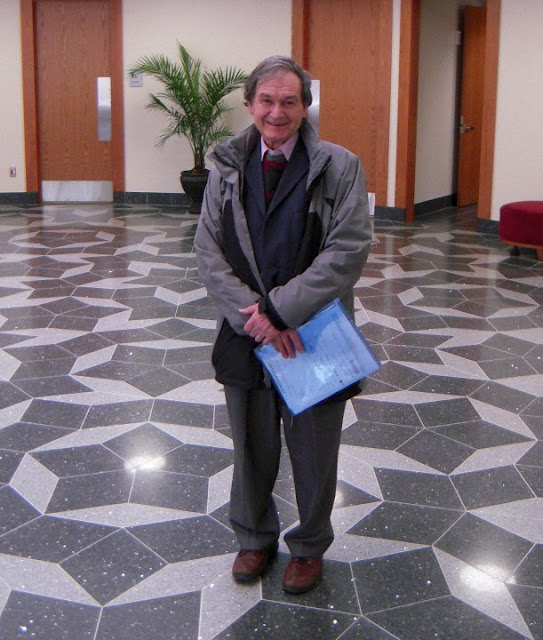
 Physics, astronomy and science history blog for students
Physics, astronomy and science history blog for students